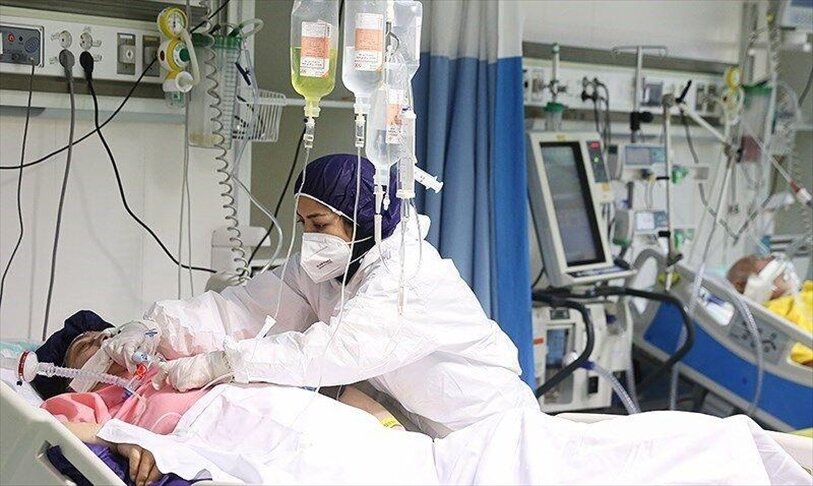COVID-19 increases tuberculosis deaths in Iran

TEHRAN – The incidence and mortality of tuberculosis (TB) has increased due to the coronavirus pandemic, Mohammad Mehdi Gooya, head of the diseases management center of the Ministry of Health, said on Saturday.
He made the remarks on the occasion of National Tuberculosis Day, which is held annually on October 15, IRNA reported.
With the outbreak of COVID-19, the TB detection and control program is about 20 percent less than in 2019, and last year we identified 5,666 cases of the disease in the country, of which 18 percent were non-Iranians.
With the TB control program, especially due to the free diagnosis and treatment, the disease can be controlled, Gooya stated.
Worldwide, TB is the 13th leading cause of death and the second leading infectious killer after COVID-19.“Mortality from tuberculosis is now on the rise, mainly due to the incidence of COVID-19, and given that both diseases have similar clinical symptoms, anyone who goes to a medical center with acute respiratory symptoms is recognized as COVID-19 patient, which reduces attention to tuberculosis.
Also, people refer to medical centers less often for treatment, and if the cases are diagnosed late, they can infect others.
Major investments should be made in the field of finance, manpower, and new methods of diagnosis and treatment of tuberculosis in the country, and the TB control program agreement should be revised because the epidemic has caused serious damages,” he explained.
According to the latest estimates of the World Health Organization, the incidence of tuberculosis in Iran is 13 per 100,000 people.
TB prevalence worldwide
Tuberculosis (TB) is caused by bacteria (Mycobacterium tuberculosis) that most often affect the lungs. Tuberculosis is curable and preventable.
TB is spread from person to person through the air. When people with lung TB cough, sneeze or spit, they propel the TB germs into the air. A person needs to inhale only a few of these germs to become infected.
About one-quarter of the world's population has a TB infection, which means people have been infected by TB bacteria but are not (yet) ill with the disease and cannot transmit it.
A total of 1.5 million people died from TB in 2020 (including 214 000 people with HIV). Worldwide, TB is the 13th leading cause of death and the second leading infectious killer after COVID-19 (above HIV/AIDS).
In 2020, an estimated 10 million people fell ill with tuberculosis (TB) worldwide. 5.6 million men, 3.3 million women, and 1.1 million children. TB is present in all countries and age groups. But TB is curable and preventable.
In 2020, 1.1 million children fell ill with TB globally. Child and adolescent TB is often overlooked by health providers and can be difficult to diagnose and treat.
In 2020, the 30 high TB burden countries accounted for 86% of new TB cases. Eight countries account for two-thirds of the total, with India leading the count, followed by China, Indonesia, the Philippines, Pakistan, Nigeria, Bangladesh, and South Africa.
Multidrug-resistant TB (MDR-TB) remains a public health crisis and a health security threat. Only about one in three people with drug-resistant TB accessed treatment in 2020.
Globally, TB incidence is falling at about 2% per year and between 2015 and 2020 the cumulative reduction was 11%. This was over halfway to the End TB Strategy milestone of a 20% reduction between 2015 and 2020.
Ending the TB epidemic by 2030 is among the health targets of the United Nations Sustainable Development Goals (SDGs).
FB/MG
